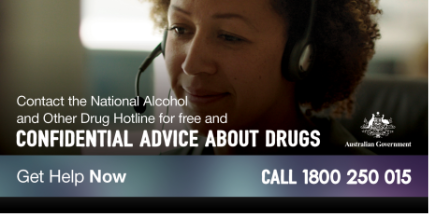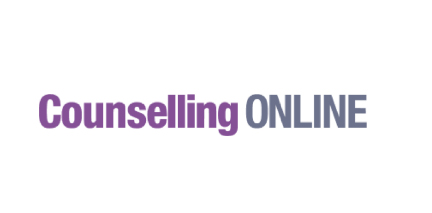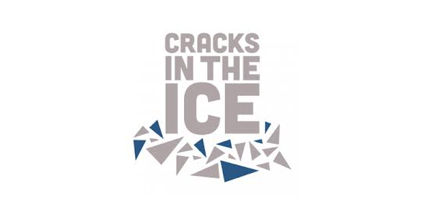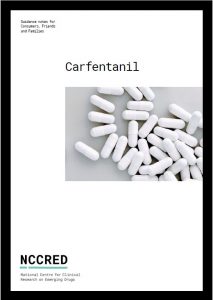If you think someone is overdosing, act fast. Don’t wait to see if they will recover.
1. Call an ambulance 000.
Tell the operator that you believe the person is having a drug overdose. If possible, tell them what drug they have taken.
2. Put in recovery position (lying down on their side with their head resting on their arm).

3. Give one 400mcg dose of naloxone.
4. If the person isn’t breathing, then turn on back and give rescue breaths.
5. If no response, continue to administer doses every 2-3 minutes, some people might require all 5 doses.
6. Stay with the person until the ambulance comes and inform the paramedics how much naloxone has been given. It is important that the person gets medical attention in hospital. They may need observation for at least 4 hours – sometimes effects can delayed.
7. If possible, give the paramedics a sample of the substance.






